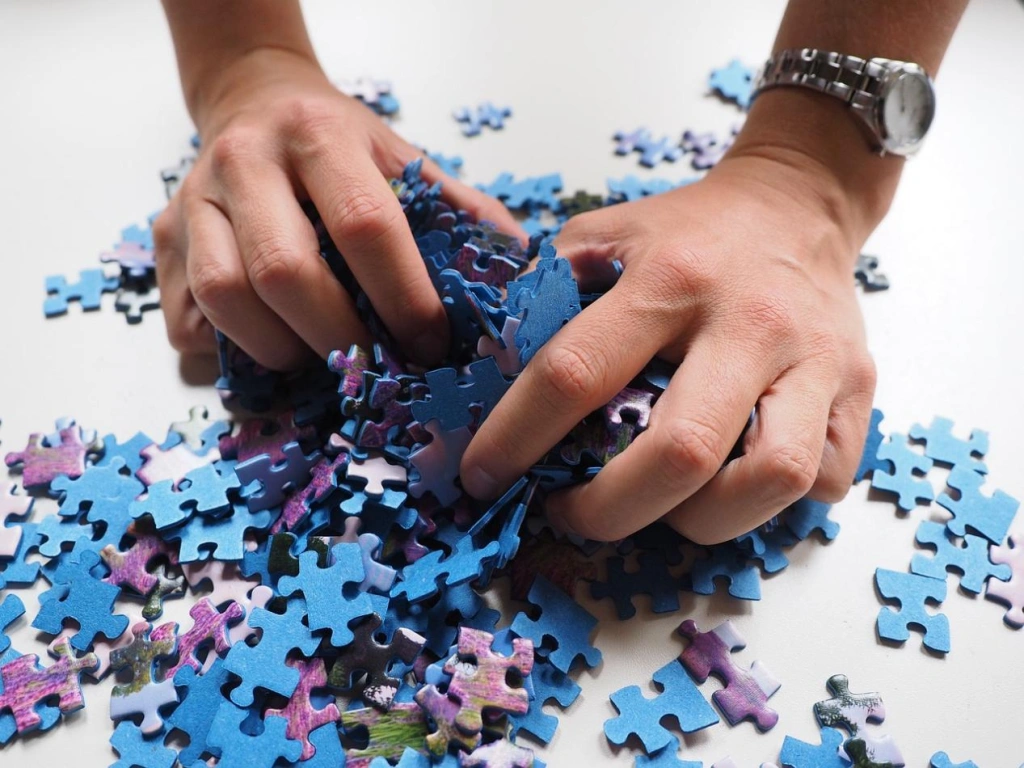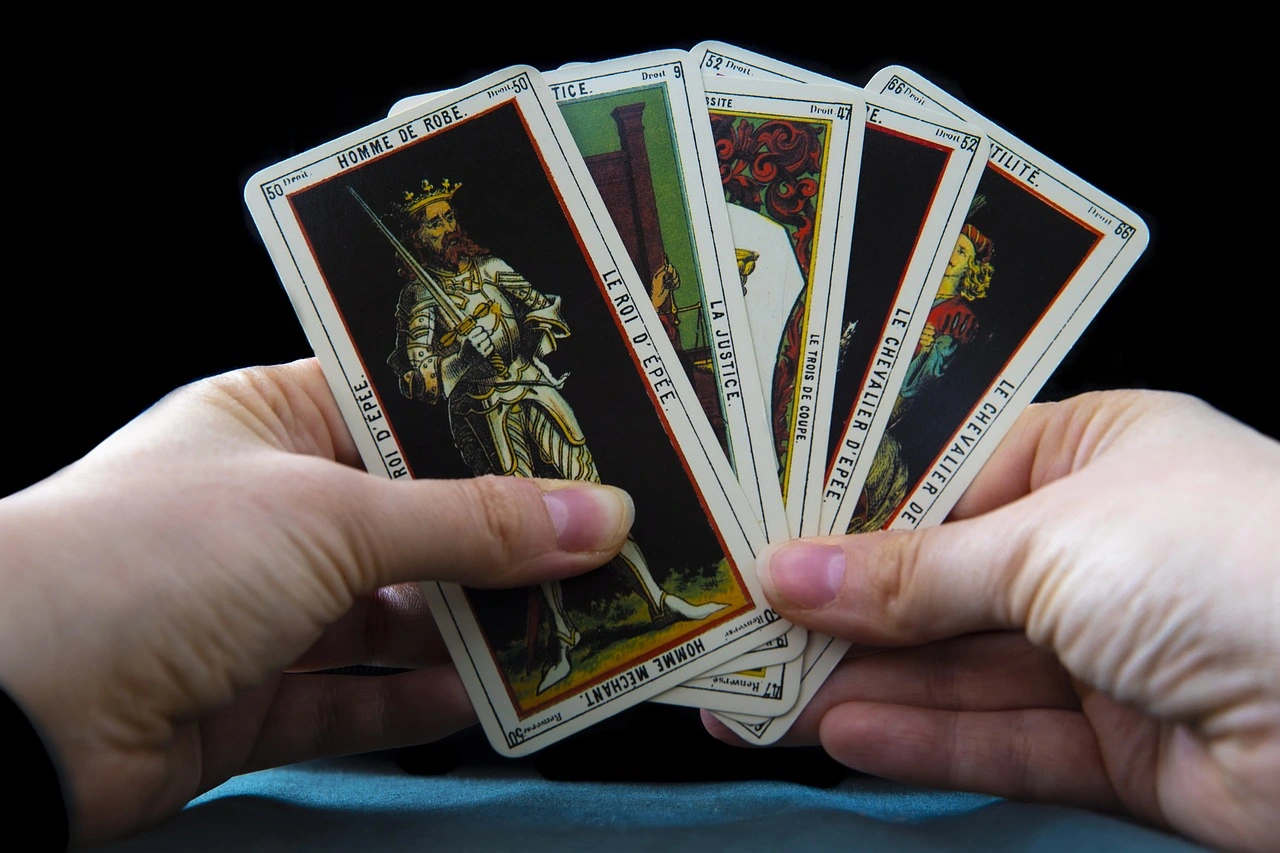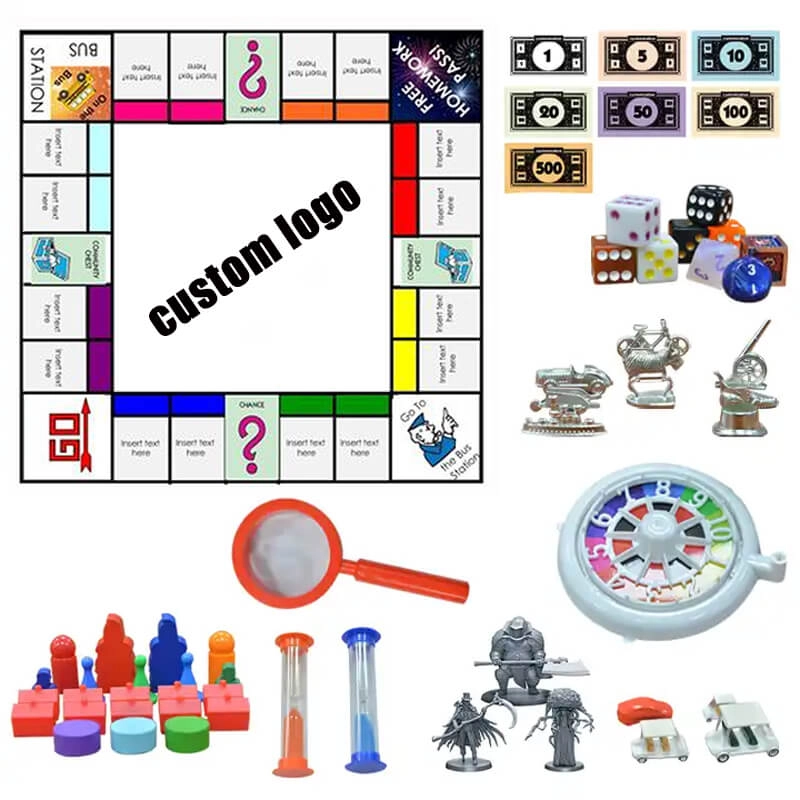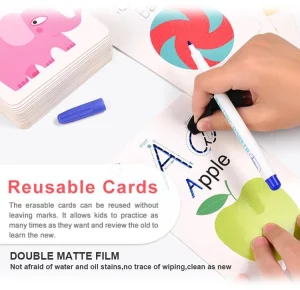
The Science Behind Study Cards
Study cards, often referred to as flashcards, are a powerful tool in the learning process. They are grounded in cognitive science principles that enhance memory retention and comprehension.
Cognitive Benefits of Using Study Cards
They make use of the brain in that ability of ours to encode information more effectively when actively engaged. The brain because of the act of retrieval is forming new connections in its neural pathways causing an even easier ability to recall this information at a later time. Active engagement is essential to moving knowledge from short-term memory into long-term memory. This active interaction is important to get knowledge to go from short-term memory into long-term memory.
The Role of Active Recall in Memory Retention
One of the core concepts in using study cards is active recall. It means recalling something from memory without looking at the answer before. Do this repeatedly as it helps you register your memory strongly since your brain is doing more work, so the learning becomes efficient. Active recall is when learners repeatedly retrieve memories (knowledge) and applying to study cards.
Spaced Repetition and Its Impact on Learning
Another key technique, which is used together with study cards, is spaced repetition. It sustainably forces you to revisit info at progressively longer intervals in time. This form exploits the spacing effect which states that information will be better retained if exposed and spaced apart in time rather than massed. Combining spaced repetition with study card sessions has also been shown to improve retention rates.
Designing Effective Study Cards
Creating effective study cards requires attention to detail and an understanding of what makes them impactful.
| Key Elements | Description |
| Conciseness and Clarity | Each card should contain concise information that is easy to understand at a glance. Avoid overloading with too much text or complex data. |
| Visual Aids and Their Importance | Incorporating images, diagrams, or color coding can aid visual learners and help in associating concepts with visual cues. |
Balancing Complexity with Simplicity
Study cards should make it simple and get the main points across, but do not try to be exhaustive – remember to keep things simple! Finding the right mix between complexity and simplicity helps learners understand some key concepts without feeling overwhelmed. There is a degree of complexity and simplicity that needs to be balanced in order for learners to learn the fundamental topics without getting lost.
When designing study cards, focus on breaking down complex topics into manageable chunks of information. Use simple language where possible and avoid jargon unless necessary for understanding the subject matter.
By adhering to these principles in creating study cards, learners can optimize their study sessions and improve their ability to retain and recall information effectively.
Techniques for Maximizing Retention with Study Cards
Implementing the Leitner System for Efficient Learning
The Leitner System is a very popular method for increasing the efficiency of study card learning. The boxes represent the system for sorting cards based on how well the learner has assimilated each data point. When you answer a card correctly, then it will be put in the next box, and if you answer incorrectly, it goes back to the first box. Method — this technique allows a learner to focus on what they are struggling with and use repetition of knowledge through recall in order to solidify the information into memory.
By utilizing the Leitner System, learners can systematically prioritize their study sessions, focusing on areas that require more attention. This targeted approach maximizes retention and ensures a balanced distribution of effort across all topics.
Customizing Study Sessions to Enhance Memory
The secret to productive study card sessions is customization. Customizing the format and layout of your study cards to suit how you learn best can improve your chances of remembering what you learnt. There are various ways to create and structure your study card depending on the type of information, knowledge complexity, learning style, and personal interest. Study cards should be interpreted and organized according to the learners, their learning patterns, intricacy level of subject matter, and personal choices.
For example, visual learners may find using images or diagrams in their study cards helpful while auditory learners may want to record themselves reading the content. In addition, the frequency and extent of studying based on the person with concentration and distraction will contribute to maintaining a good focus while retaining information. Explains that tailoring the study session frequency and periodicity based on individual attention span can also keep students focused and facilitate retention of content.
Incorporating Multisensory Learning Strategies
Incorporating multisensory learning strategies into study card use can further enhance retention by engaging multiple senses simultaneously. This approach involves combining visual, auditory, and kinesthetic elements to create a richer learning experience.
An example of this can be with a different use of colored pens or highlighters to differentiate topics or concepts visually. They would also listen to related recordings or podcasts as they did their study cards to help enforce auditory learning. Kinesthetic learners who thrive on doing physical activities, writing out answers, or sketching diagrams can be accommodated too!
By employing multisensory techniques, learners can create a more dynamic and engaging study environment that supports long-term memory retention.
Suba, a leading provider of customized study card, understands the importance of tailoring study sessions to individual learning styles. With Suba’s services, you can create study cards that are specifically designed to suit your preferences and maximize your retention of information. Whether you’re a visual learner who benefits from incorporating images and diagrams, or an auditory learner who prefers recording content, Suba can help you customize your study cards to meet your unique needs. By utilizing Suba’s expertise in personalized study card creation, you can enhance your study sessions and improve your chances of remembering what you’ve learned.
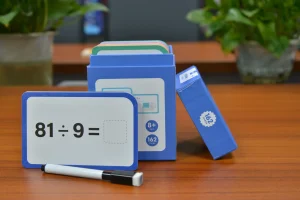
Suba’s Innovative Solutions for Enhanced Learning
Suba offers a range of innovative products designed to enhance learning experiences through interactive and engaging methods.
Exploring Suba’s Range of Products
World Map Puzzle as a Learning Tool
The World Map Puzzle from Suba’s World is one such product that can be used for effective learning and is best suited to geography lovers. This is a puzzle, which gets the students to interact with geography in a more engaging way i.e. by fitting together countries and continents! Physically interacting with the material makes it easier for learners to remember their spatial placements and also their locations.



